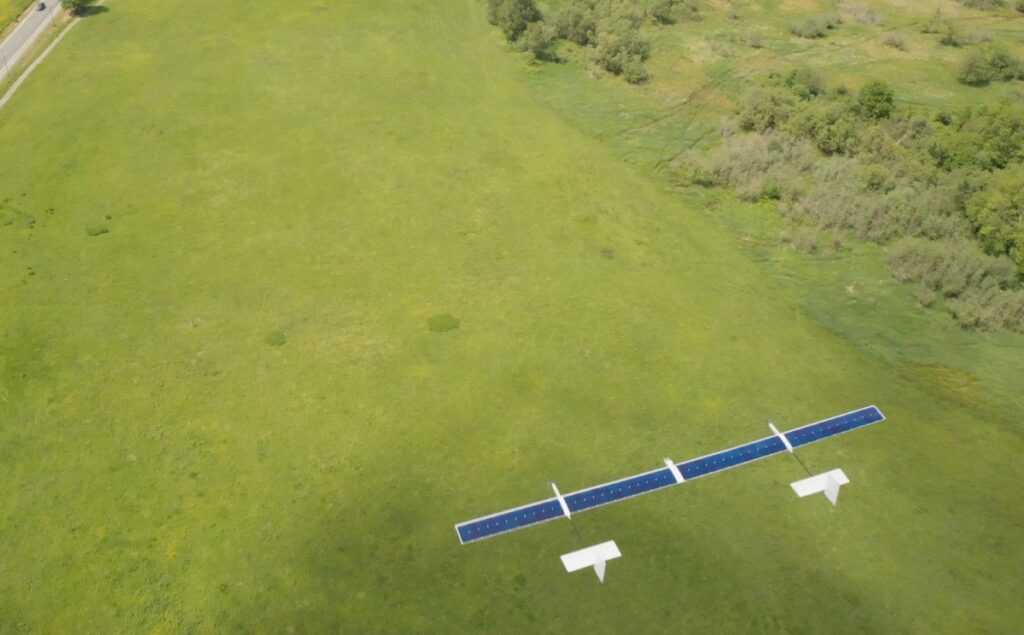October was an exciting month for reading devices. We got a new iPad mini, a couple of products from Boox, and this strange yet compelling iPhone e-reader adapter from Astropad. The biggest splash of all, however, came from Amazon. It’s unsurprising, as the retail giant commands around 80% of the devoted e-reader market.
The past month belies the overall state of the industry. E-readers are one of the quieter mainstream consumer electronics categories. This is due in no small part to Amazon’s domination. With no competitors positioned to challenge the company’s throne, refreshes have taken on an increasingly sporadic cadence.
This year, however, Amazon is greeting the holiday season with the largest Kindle refresh in recent memory. The large-form Scribe has been updated with improved note-taking capabilities and AI-based text summaries. The bestselling Paperwhite is getting a bigger display and faster processor. The base Kindle’s page turns have sped up, and the device has gotten a brighter front light and more color options.
All of these relatively minor refreshes were overshadowed by a new edition to the line. After 16 years of Kindles, many of us had given up on the notion of color. But color e-paper has become a reality in recent years. Notably, the Kindle’s chief competitor, Kobo, released the Libra Colour in April.
E-paper is the heart of these devices, and adding that extra layer never seemed like a priority for Amazon. If people wanted color, they could simply buy a tablet and deal with the shorter battery life and a display that’s harsher on the eyes.
One key thing that makes the Colorsoft so intriguing is that it’s still a Kindle in the truest sense. The device shares far more common DNA with the Paperwhite than any Fire tablet. In fact, the reader could have just as appropriately been branded the Kindle Paperwhite Color.
In fact, the addition of color comes courtesy of a secondary layer added to the e-paper stack. It’s based on E Ink’s Kaleido color filter, albeit custom built for the Kindle line. The result lives up to the Colorsoft name. I would describe it as subtle — pale even. In fact, if you’re not looking directly at the display, you might miss the fact that it’s a color model.
Amazon compares the reading experience to print. Certainly the result is easier on the eyes than color reproduction on, say, an iPad. The effect is nice for colors and highlighted passages. If you’re primarily a prose reader, you won’t encounter the feature all that much. If you’re looking for a device for, say, comics, the color may be a bit muted for your taste.
The long-awaited addition of color unfortunately serves as a stark reminder of Comixology’s sunsetting under the Amazon corporate umbrella. Between that app and a color Kindle, the company had the opportunity to really own the space — though, notably, e-paper’s refresh rate is less than ideal for the kind of dynamism Comixology brought to the form.
For the most part, tablets will hew a bit closer to the original art. Colorsoft’s reproductions are akin to reading the Sunday funnies. The color filter brings to mind the CMYK printing process used in newspaper printing. The effect is enhanced by the fact that the Kindle display is more of a grayish hue than the full white you get with a tablet or phone.
Beyond the color display, the Paperwhite Signature Edition and Colorsoft are strikingly similar. Both now sport 7-inch displays with a 300 ppi density. Both devices have the same footprint, measuring 5 x 7 x .3 inches, with a fully flush display, though the Colorsoft weighs a hair more at 7.7 ounces (the Paperwhite Signature is 7.5 ounces). You likely won’t notice the difference.
Both products come with 32GB of storage by default; that’s double the storage of the standard Paperwhite and base Kindle. The new Scribe has 16GB, 32GB, and 64GB options. The USB-C connector has been standardized across the line, though only the Signature Paperwhite and Colorsoft have wireless charging — something I don’t imagine being a dealbreaker for most. While the two Paperwhite models, the base Kindle, and the new Scribe all have different body colors, the Colorsoft, ironically, only comes in black.
It makes sense that Amazon used the Paperwhite as the basis for Colorsoft. It is, as noted above, the bestselling Kindle, straddling the fence between the base and Scribe models. The premium Oasis — to which I was always partial — has been phased out. I’m a bit sad to see it go, but Amazon hadn’t updated the thing in five years. Likely most consumers simply didn’t care enough about a premium e-reader.
One spot where the Paperwhite has the upper hand is battery life. The Colorsoft is listed at “up to eight weeks” to the Paperwhite’s “up to 12 weeks.” Once you get into the realm of multiple months on a charge, the difference gets fairly moot. You just need to set aside 2.5 hours somewhere in there to fully charge them.
The Paperwhite wins on price as well. At $280, the Colorsoft has edged into that premium e-reader category, priced roughly the same as the Oasis. The Paperwhite and Signature Paperwhite run $160 and $200, respectively. The new base Kindle starts at $110, and the Scribe is tough to swallow at $400.
It’s nice to know that the Kindle line has life in it yet. Color, the feature we’ve waited a decade and a half for, is finally here. As for whether it’s worth $80 more than the Signature Paperwhite, it’s a far more subtle distinction than the price difference implies, especially when most of the time you spend reading text will be the standard Kindle monotone experience. Still, the device benefits from several generations of improvement, offering an overall great reading experience — even if color still feels like a bit of a novelty.


